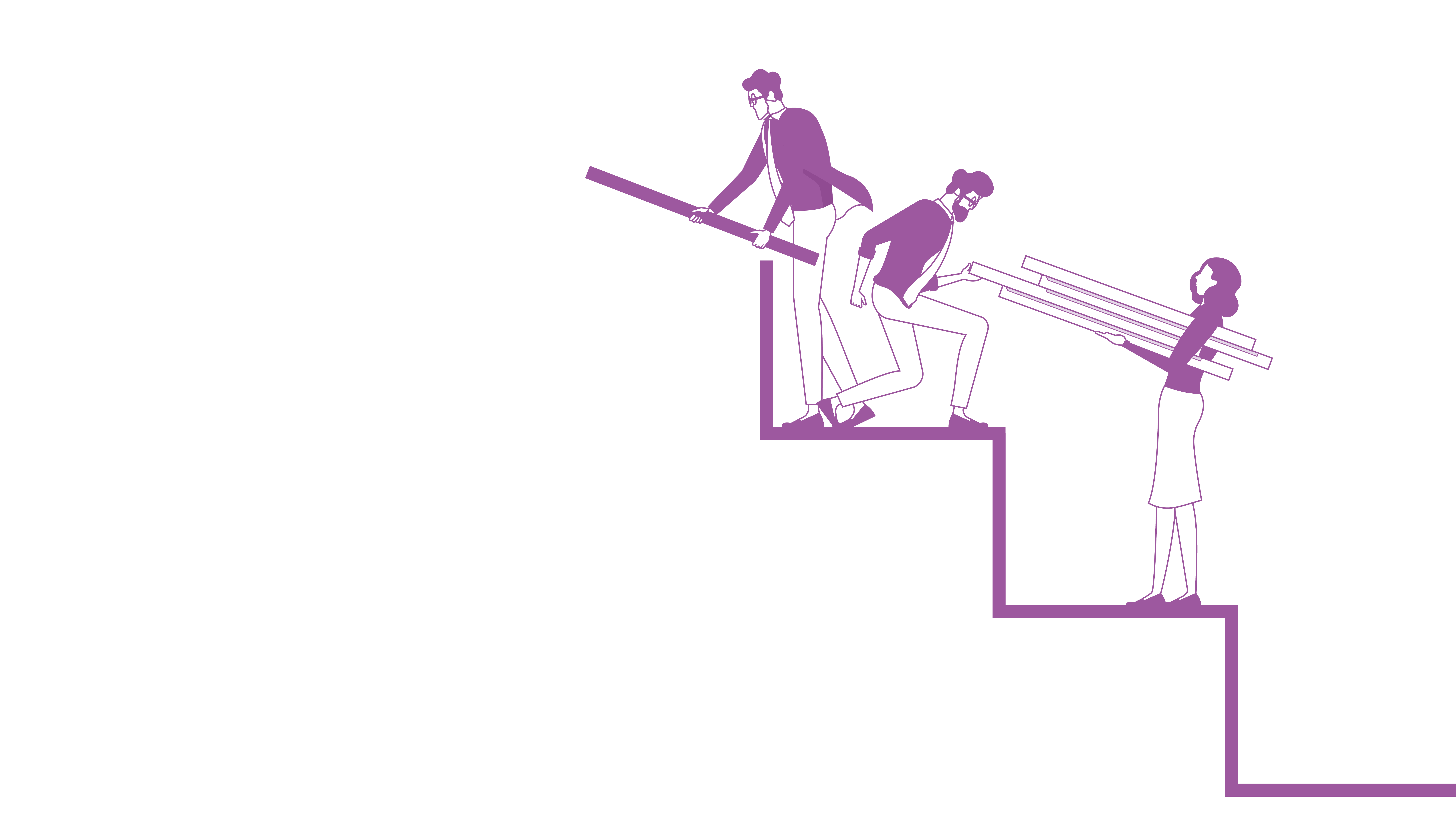 ist jetzt Teil von
ist jetzt Teil von

Entdecken Sie unsere vollintegrierte Lösung für Unternehmensplanung im Mittelstand.
SWOT entdeckenBottom-up and top-down are two opposing planning methods for companies. Thanks to regulated goal setting, these planning methods efficiently get from the initial state to the desired end state.
In bottom-up planning, one first deals with smaller (local) goals for the company. These goals refer to the lower levels of the organizational hierarchy. Only when these goals have been established do you formulate global goals for the higher levels in which the initial goals are embedded.
Top-down planning takes a similar approach in the opposite direction. Here, the first step is to determine global, broad goals for the company, including ways to achieve them. These broad goals are broken down for each lower level. Smaller, specific goals for each level emerge, which are related to the higher goals.

When to use which model? Which model makes more sense and is more successful depends on the level of resources and the type of business. Both approaches have their advantages and disadvantages. The advantage of top-down planning is that objectives can be set quickly for all hierarchical levels. In addition, these sub-goals are directly aligned with the ultimate goals of the business. With bottom-up planning, there is the risk that the sub-plans target different end goals or are too small. In this way, it is possible to miss the actual end goal. In addition, such an approach requires more time and planning effort. The decisive advantage of bottom-up planning lies in the higher motivation of the employees. They are directly involved in planning the goals that are realistic for them. In top-down planning, the possibly unattainable goals are set by management, which reduces motivation.
A possibility of planning, which tries to combine these two approaches optimally, offers the so-called countercurrent method. Here, the goals are set by management according to top-down, while the lower hierarchical levels use these specifications as orientation for their self-determined sub-goals and their own plans. According to bottom-up, this process is compiled and documented by the lowest level. In the final step, management adopts the final plan together with the targets.